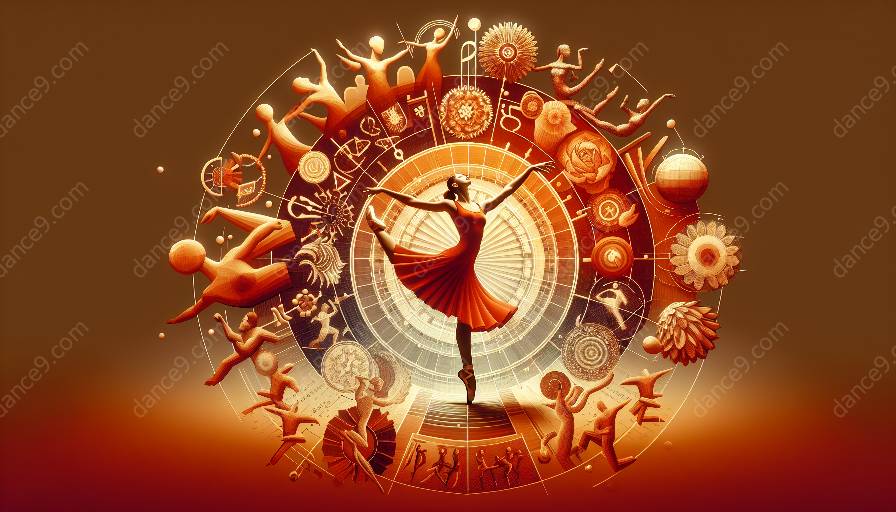As humans, we express culture and tradition through various artistic forms, such as dance and music. The fields of dance anthropology and ethnomusicology both seek to understand the cultural significance of these art forms, albeit through different lenses. In this article, we will explore the similarities and differences between dance anthropology and ethnomusicology, delving into their unique approaches to studying human expression through movement and sound.
Similarities
1. Cultural Context: Both dance anthropology and ethnomusicology place a strong emphasis on the cultural context of the artistic forms they study. They recognize that dance and music are deeply embedded in the social and cultural fabric of communities, and seek to understand how these forms reflect and shape cultural identity.
2. Fieldwork: Practitioners in both fields often engage in extensive fieldwork, immersing themselves in the communities where the dance and music originate. This hands-on approach allows researchers to gain a firsthand understanding of the cultural practices and beliefs that underpin the artistic expressions.
3. Interdisciplinary Nature: Both fields draw upon a range of disciplines, including anthropology, sociology, history, and more. This interdisciplinary approach enriches the study of dance and music by providing diverse perspectives and methodologies.
Differences
1. Focus: Dance anthropology primarily focuses on the study of dance as a cultural practice, examining its role in rites of passage, social rituals, and identity formation. On the other hand, ethnomusicology centers on the study of music within cultural and social contexts, exploring its role in communication, spirituality, and community cohesion.
2. Analytical Tools: While both fields use ethnographic methods, they apply different analytical tools to their respective art forms. Dance anthropology often emphasizes the analysis of movement, body language, and spatial relationships, while ethnomusicology focuses on musical structure, performance techniques, and the social functions of music.
3. Performance vs Sound: Dance anthropology places a greater emphasis on bodily expression and performance, acknowledging that dance is a visual and kinesthetic art form. Conversely, ethnomusicology directs its attention toward the sonic dimensions of music, examining the sounds, instruments, and vocal traditions that compose musical expressions.
Connection to Dance Studies
1. Interdisciplinary Collaboration: Both dance anthropology and ethnomusicology intersect with dance studies, contributing valuable insights to the interdisciplinary study of dance. By understanding the cultural and social contexts of dance and music, scholars can enrich their analysis of choreography, movements, and performative expressions within dance studies.
2. Contextual Understanding: The knowledge derived from dance anthropology and ethnomusicology offers crucial context for understanding the historical, social, and cultural underpinnings of dance practices. This contextual understanding can inform the interpretation and analysis of dance forms and traditions within the field of dance studies.
By recognizing the similarities and differences between dance anthropology and ethnomusicology, we gain a deeper appreciation for the multifaceted nature of human expression through movement and sound. Both fields contribute valuable insights into the rich tapestry of cultural practices, enriching our understanding of dance and music within the broader context of human experience.

















